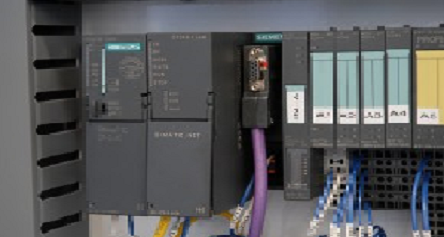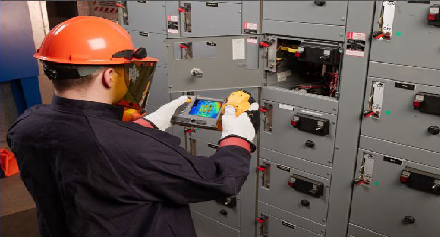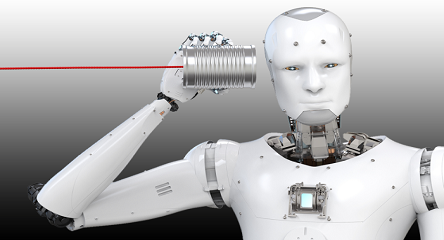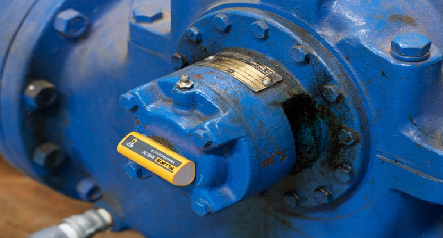The condition monitoring process has key aspects to achieve some of the goals in a short period of time. No one knows everything before starting and therefore it is important to take into account the following advices:
Know what you want to measure: It is very important to decide what parameters you want to measure in a machine, as well as what machines you desire to monitor. The most important parameters for condition monitoring are vibration, temperature and current.
Establish a starting point: You probably are not an expert analyst and you don’t need to, either. The first is to establish a starting point. For all you know, your machine is working fine right now, and you want to know when that changes. The starting point will let you know when your machine exceeds the current values. Over time and with the help of information and experience, you will know what are the real limits for each machine.
Periodic verification: None of this will work by itself unless you create a routine of checking the status of your machinery and alarms.
Set Alarms: At some point you will see that your vibration or any other parameter changes. Verify your trend graph, evaluate and adjust your alarm values to know how soon they will be overcome again.
(To read the full article click here)






